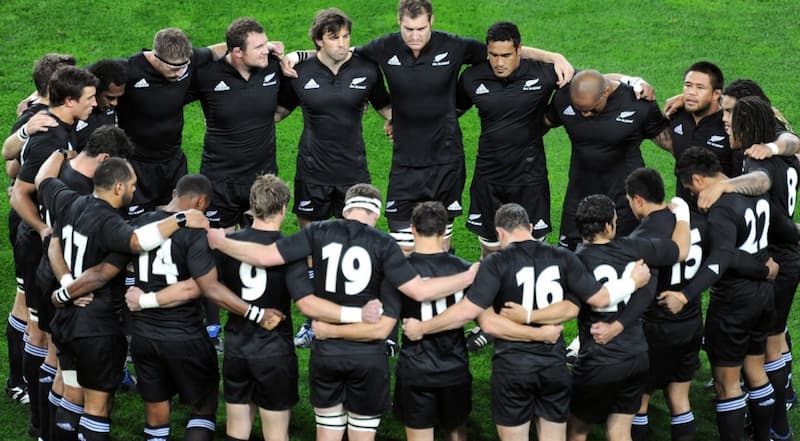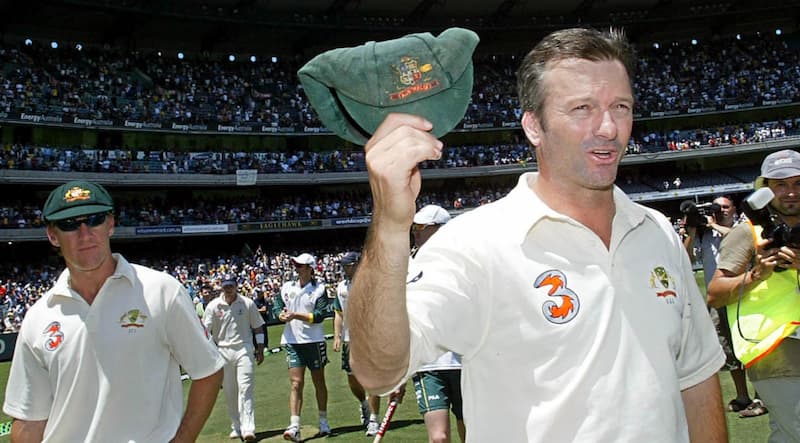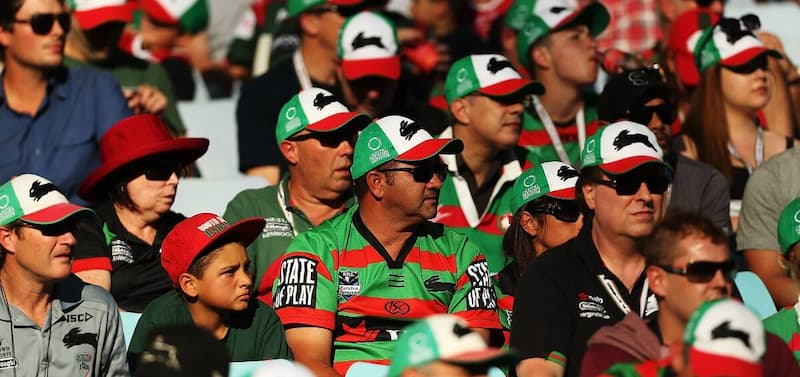
8 October, 2024
Unifying Teams with Custom Caps: A Look at Caps in Team Building
In the world of sports, where teamwork and unity are as vital as the skills of individual players, the smallest symbols can have the biggest impact. That's where custom caps come into play – not just as a piece of apparel but as a powerful tool for team building. From local cricket clubs in the Australian outback to the roaring football stadiums in England, custom made baseball caps and similar headwear have found their place as a unifier, a symbol of solidarity, and a badge of honour.
The Significance of Custom Caps in Sports
In sports they serve as more than just headgear; they are a canvas that captures and displays a team's unique identity and legacy. The design of them, which often includes specific colours, logos, and patterns, reflects not only the team’s brand but also its ethos and values. For instance, one bearing the traditional colours of a local Aussie Rules football team can symbolise regional pride and heritage. The colour choice, whether it be vibrant or subdued, can mirror the team's character – energetic and bold or disciplined and focused.
Moreover, the logo on it is not merely a design; it's a badge of honour, representing the team's history and achievements. In high school sports in the US, for example, the logo might incorporate symbols that are meaningful to the school or community, strengthening the bond between the team and its supporters. The way these caps are worn also adds to the team's narrative. A slightly tilted cap, a curved or flat brim, each style can become synonymous with the team's image, much like a signature.
They also play a significant role in ceremonial aspects of sports. In many cases, receiving one is a pivotal moment for an athlete, marking their induction into the team. This ritual, seen in various sports worldwide, underscores the cap’s importance beyond its physical utility, elevating it to a symbol of achievement and belonging.

Delving into Creating a Sense of Belonging
The act of donning a team's cap is a symbolic gesture that instils a sense of belonging and unity among players. This is especially significant when new players join a team. It acts as a physical manifestation of being part of the team's legacy – its triumphs, struggles, and journey. When a player wears the cap, they are not just representing themselves but also carrying the weight and honour of the team's history.
In the realm of team dynamics, this sense of belonging can be crucial. Psychologically, when team members feel they belong and are part of a larger entity, they are more likely to work cooperatively, communicate effectively, and support each other. This unity is often reflected in better team performance, both in terms of sportsmanship and actual game results. Teams that share a strong bond are generally more resilient in the face of challenges and more cohesive in their strategies and execution.
Caps also serve as a visual reminder of the team’s shared goals and ambitions. When players see their teammates wearing the same one, it reinforces their common objectives and the collective effort needed to achieve them. This can be particularly motivating during training sessions and games, reminding players of the shared commitment and the collective effort required to succeed.
Furthermore, this sense of belonging extends beyond the players to the wider community, including coaches, support staff, and fans. When everyone wears the team’s cap, it creates an inclusive environment, fostering a broader sense of community and shared passion. This inclusive atmosphere can be instrumental in building a loyal fan base, further enhancing the team's spirit and unity.

Custom Caps as a Motivational Tool
In sports, they transcend their role as a mere part of the uniform, becoming powerful motivational tools. This transformation is rooted in the symbolism and significance attached to them, especially in the context of achievements and milestones. In cricket, for example, receiving one is not just a formality but a significant moment in a player's career. The Baggy Green of Australia is a prime example. It's not just a piece of headgear; it’s a symbol of prestige, representing a cricketer’s entry into an elite group of athletes. Wearing it signifies the player's commitment and dedication to the sport and their country.
This motivational aspect is replicated in various sports across the world. They can be used to acknowledge a player's debut, celebrate a landmark achievement, or even signify leadership roles within the team, like captaincy. The act of awarding them can be a significant motivational boost, encouraging players to put in their best efforts and strive for excellence. It reinforces the idea that their hard work and achievements are recognised and valued.
They can also serve as a visual reminder of the goals and standards that players aspire to. Seeing a teammate or a role model wearing one for a particular achievement can inspire others to reach similar heights. It creates a culture of aspiration and excellence within the team, where players are continually motivated to improve and achieve.
Delving into Design and Personalisation: The Fun Part
The process of designing it can be an engaging and unifying experience for a team. Involving players in the design process allows them to inject a part of their personality and team spirit into it. This could involve choosing colours that have significance to the team or region, or incorporating specific symbols or motifs that resonate with the team's identity.
Personalisation adds another layer of connection between the player and the cap. Adding individual elements like player numbers, nicknames, or even personal mottos, makes it uniquely theirs, enhancing the sense of ownership and pride. This personal touch is not just about individualism; it’s about showcasing the diverse personalities and backgrounds that come together to form the team.
The design process itself can be a team-building activity, fostering collaboration and creativity. It encourages players to communicate and share ideas, leading to a design that truly represents the collective identity of the team. This collaborative process can strengthen team bonds and ensure every member feels valued and included in shaping the team's identity.
In terms of design aesthetics, there's a wide range of possibilities. Some teams might opt for bold, intricate designs that make a strong visual statement. Others might prefer simplicity, where less is more, and the focus is on clean lines and minimalistic patterns. Regardless of the style, the key is that the design resonates with the team and represents their ethos.

Caps Beyond the Field
In sports, they have a significant impact that reaches far beyond the playing field. They become emblematic of the community that surrounds and supports the team. When fans don the same ones as their favourite teams, it creates a visual representation of solidarity and support. This sea of unified colours in the stands is more than just a display of fandom; it's a powerful symbol of collective identity and spirit. It becomes a unifier, bringing together individuals from all walks of life in support of a common cause – their team.
This phenomenon is particularly impactful in local communities. In smaller towns and regions, where local sports teams can be a significant part of the community's identity, wearing a team's cap can foster a strong sense of local pride and belonging. It transcends the boundaries of the sport itself and becomes a part of the community's cultural fabric. It symbolises a shared passion, a common language that speaks of unity and collective pride.
The presence of them in everyday life – in schools, shops, and streets – reinforces the connection between the team and its community. It serves as a constant reminder of the community's support for the team, which can be incredibly motivating for players. Knowing that they represent not just themselves or their team, but an entire community, can give them a deeper sense of responsibility and pride in their performance.
Delving into The Power of Memories
They can also hold a sentimental value that often goes beyond their physical lifespan. For players and fans alike, they become repositories of memories and emotions associated with their sports journey. A cap that has been through seasons of games, victories, and defeats carries with it a story unique to its wearer.
For a former player, a worn-out cap can be a memento of their playing days – a reminder of the camaraderie, the highs and lows, and the personal growth experienced on the field. These often become cherished keepsakes, evoking nostalgia and a sense of personal history. They serve as a tangible link to a time when they were part of something bigger than themselves, a team striving together towards common goals.
Similarly, for fans, they can represent memorable games, specific seasons, or even personal experiences related to the sport. They become a part of the fan's personal history with the team, often passed down as heirlooms, symbolising a continuity of support across generations.
In a broader sense, they can also be seen as artifacts of a team's history. As designs and logos evolve over time, older ones become historical markers, capturing the team's evolution and milestones. They can be a source of reflection on how the team and its community have grown and changed over the years.
Beyond being a part of the game day uniform, they are symbols of community, unity, and shared passion. They carry with them the power of memories, serving as links to personal and collective histories. In essence, theys are not just about sport; they are about identity, community, and the enduring spirit of teamwork and support.
Final Thoughts
In conclusion, custom caps in sports are much more than a mere accessory. They are a powerful tool for team building, embodying unity, pride, and a sense of belonging. Whether it’s a local netball team in a small Aussie town or a professional football club in the heart of London, they can transform the dynamic of a team, fostering a spirit of togetherness that is essential in the world of sports. In the end, it's not just about the cap itself, but the stories, memories, and unity that it represents.
The Caps Only Team

